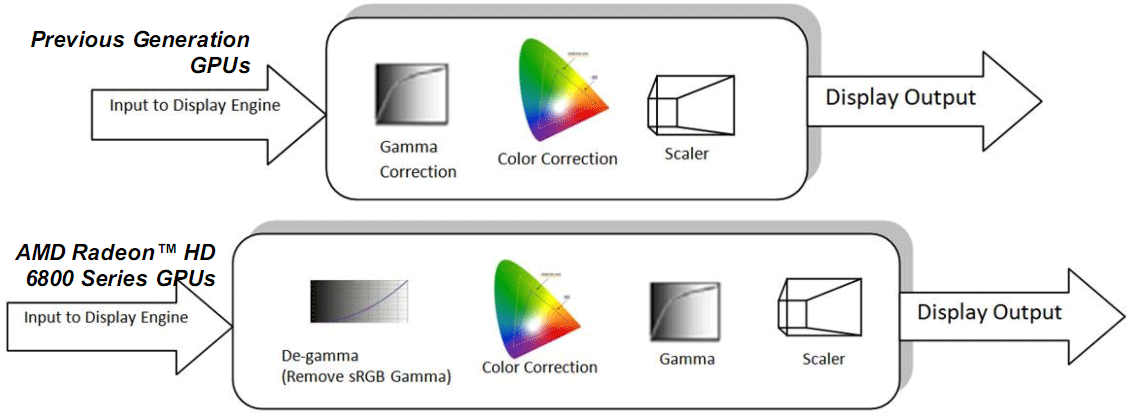Kameradschaft
Regular
*spinning* The Image Quality Debate (2013 IQ is unacceptable!)
Do you honestly think that all the latest debate about resolutions have anything to do with logic and what is practically good or not? I've seen a good amount of people on various forums saying that they won't buy/play a game if it's running at 720p.
The funny thing as you already said is that most of them wouldn't have a clue about the resolutions of the games if DF or some dude here in Beyond3D hadn't told them.
Higher resolution doesn't mean better IQ IMO, just look at GTAV that runs at 720p but it has some of the worst IQ I've seen this gen same with Portal 2 on 360, personally I'd get a softer look over a sharper looking game with jaggies and shimmering all over the place.
There's no such thing as "enough to do 1080p", you'd need a much closer definition of the workload.
A single 1080p frame could take days on a highend multicore PC system or it could be rendered by something like a TNT2 graphics card, depending on its contents.
As for the X1 having enough resources to render at 1080p with a reasonable level of detail, we'll have to wait and see. Forza 5 can obviously do this at 60fps, but it has no characters, very few effects and few active entities; FPS or open-world TPS games seem to be looked at more as benchmarks for rendering complex graphics. Also, both COD and BF4 aim for 60fps, halving the framerate would definitely help there, but it's unknown by how much (if it's an issue with the small size of the ESRAM).
In the end though, what matters more, prettier pixels at 900p that you wouldn't know if noone told you or 1080p but at an inferior quality?
Do you honestly think that all the latest debate about resolutions have anything to do with logic and what is practically good or not? I've seen a good amount of people on various forums saying that they won't buy/play a game if it's running at 720p.
The funny thing as you already said is that most of them wouldn't have a clue about the resolutions of the games if DF or some dude here in Beyond3D hadn't told them.
Higher resolution doesn't mean better IQ IMO, just look at GTAV that runs at 720p but it has some of the worst IQ I've seen this gen same with Portal 2 on 360, personally I'd get a softer look over a sharper looking game with jaggies and shimmering all over the place.

